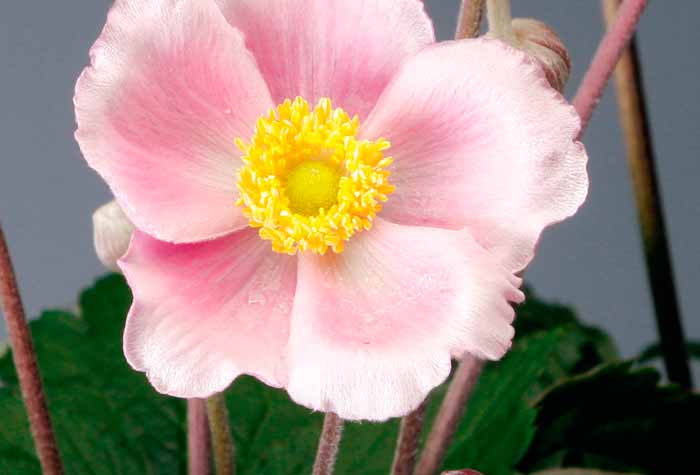
Get Planning for Next Year’s Garden
by Craven and Valley Life
It’s around this time of year that we get that first smell of autumn in the mornings and realise that the summer is over. The kids are back at school, and wearing winter uniform, and for them another academic year has started. For the gardener it’s also ‘back to school’ in a way. September is a great planning month – a time to reflect on any gardening successes and to think about what to do in the coming year.
It’s also a good time to look ahead and plan for spring. From September to October you should be planting spring bulbs. If you plant as many bulbs as you can get into the ground now, your efforts will be well rewarded with a great show come springtime. The joy about bulbs is that once planted you need do nothing else to them and you can choose old and new favourites to brighten up and bring colour to your garden as it leaves Winter behind. 
Keeping colour in borders for as long as possible is top of the ‘to do’ list for September, so you may like to consider incorporating late summer or autumn flowering plants such the pretty Japanese anemone, a favourite with gardeners – and with Gardener’s World photographer, Jason Ingram. “They are a ‘must have’ border plant for the autumn and put on a fantastic display in the period where most gardens are starting to look tired and over” he says. “I love that their beauty adds a whole new dimension of colour and texture to my garden.”
Japanese anemone, also known as the windflower, can be grown in sun or shade and are good for lighting up a dark corner of the garden. They like well drained soil and often spread by themselves, creating new clumps that can be lifted and planted elsewhere.
Gardening myth of the month, as we start thinking about planting indoor hyacinth bulbs in pots for the year’s end, is that singing or talking to plants helps them to grow better. And, it’s true …the scientific reasoning behind this is that as we talk or sing to our plants we release carbon dioxide with our breath. This encourages the plant to convert it to oxygen, which in turn produces more growth.
Jobs to do this month
- Pick autumn raspberries and harvest apples and pears
- Collect and sow seeds from garden plants
- Net ponds before leaf fall gets underway
- Continue to sow vegetables such as spinach and winter lettuce for overwintering, to mature next spring
- Keep up with watering of new plants, using rain or grey water if possible
- Start to reduce the frequency of houseplant watering
- Clean out cold frames and greenhouses so that they are ready for use in the autumn
- Cover leafy vegetable crops with bird-proof netting
- Order new fruit trees, canes and bushes
- Plant spring flowering bulbs


